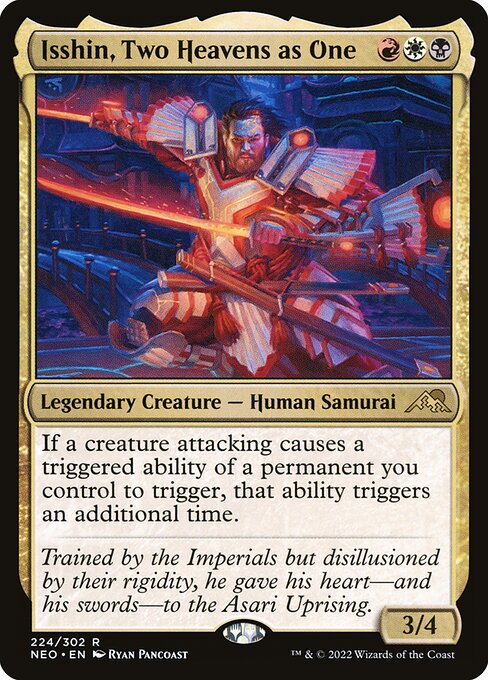Deck & Commander Strategies
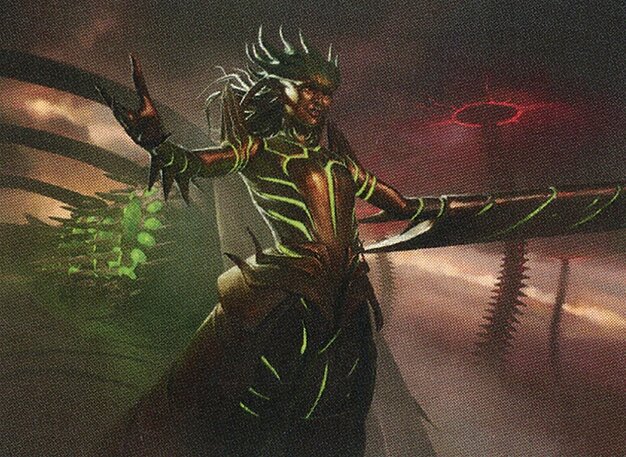
Glissa, Herald of Predation
Builds a synergistic engine using incubate, artifact interactions, and proliferate to manipulate counters and control the board over time.

Isshin, Two Heavens as One
Aggressively doubles attack triggers to maximize damage output, ramping for early pressure and overwhelming opponents quickly.

Zimone, Mystery Unraveler
Utilizes landfall triggers and ramp to cheat out large permanents and overwhelm opponents with high-impact threats.
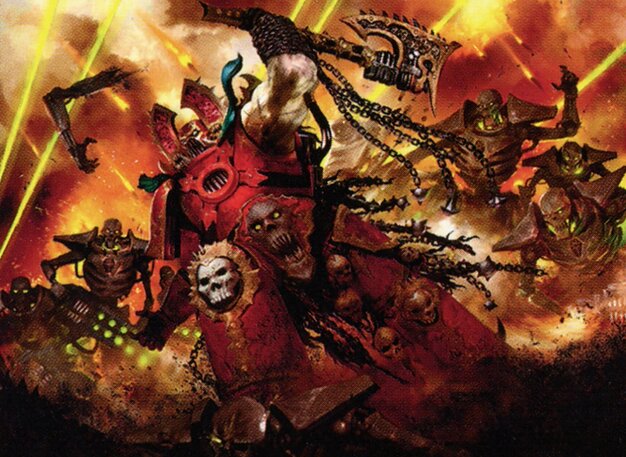
Khârn the Betrayer
Equips and passes around the commander to attack on multiple turns, combining chaos and direct damage effects to disrupt opponents while maintaining defense.
Gameplay Insights
- 1
Glissa's use of incubate and proliferate mechanics to incrementally build a powerful board presence was a key engine for attrition and control.
- 2
Isshin's doubling of attack triggers created intense early combat pressure that forced opponents to respond defensively, shaping the pace of the game.
- 3
Zimone's ramp and landfall enabled casting large threats ahead of curve, shifting board dominance in mid to late game phases.
- 4
Khârn's strategy of equipping and passing the commander around maximized attack opportunities across turns but required careful management to avoid self-damage.
- 5
The interplay between aggressive damage and methodical board development highlighted the importance of balancing tempo with resource accumulation in multiplayer Commander games.
Notable Cards
-

Glissa, Herald of Predation
-

Isshin, Two Heavens as One
-
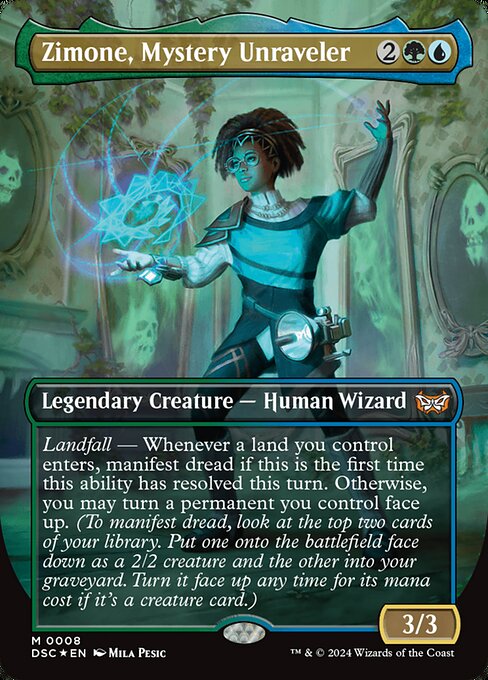
Zimone, Mystery Unraveler
-

Khârn the Betrayer
-
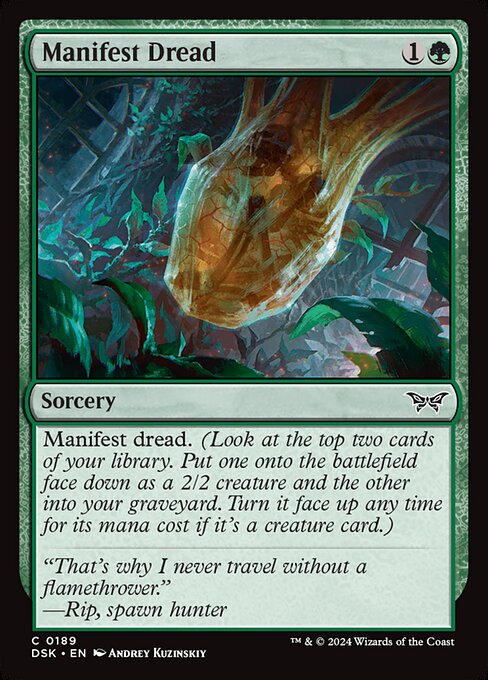
Manifest Dread
Gameplay Summary
The game features a competitive four-player Commander match with decks led by Glissa, Herald of Predation; Isshin, Two Heavens as One; Zimone, Mystery Unraveler; and Khârn the Betrayer.
Glissa's deck focuses on artifact synergies and manipulating one-one counters with proliferate and incubate mechanics, aiming to build a powerful engine that gradually chips away at opponents.
Isshin's deck plays aggressively, leveraging doubled attack triggers to ramp up damage output quickly and apply pressure early on.
Zimone's deck aims to generate value through landfall triggers and cheat out large permanents with manifest dread, ramping heavily to dominate the late game.
Khârn's deck is centered on equipping and passing around the commander to attack on multiple turns, combining chaos and direct damage to disrupt opponents while maintaining safety through ping effects and command zone recursion. Early turns see development of board presence and strategic positioning, with key plays involving artifact and counter synergies from Glissa, aggressive combat from Isshin, and incremental ramp and threats from Zimone.
Khârn's player makes tactical use of equipment and command attacks to destabilize opponents.
The pivotal moments include Glissa assembling her incubate-based engine and leveraging proliferate to snowball her board state, while Isshin's aggressive assaults force opponents to respond or fall behind.
Zimone’s landfall triggers enable the casting of formidable threats that shift the board state.
The match revolves around balancing aggression and resource development, with Glissa’s engine and Isshin’s doubled attacks emerging as major threats.
The game’s conclusion hinges on Glissa’s methodical attrition and artifact synergies outpacing the aggressive damage and chaos tactics of the other players.


